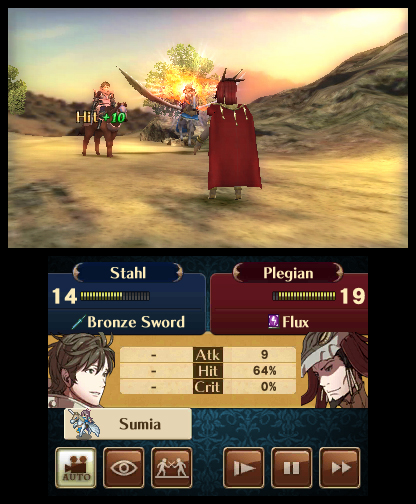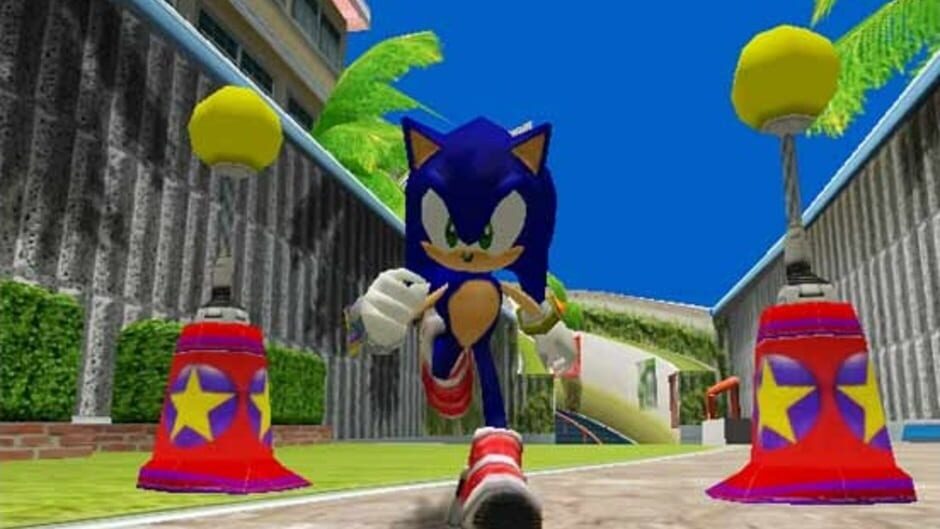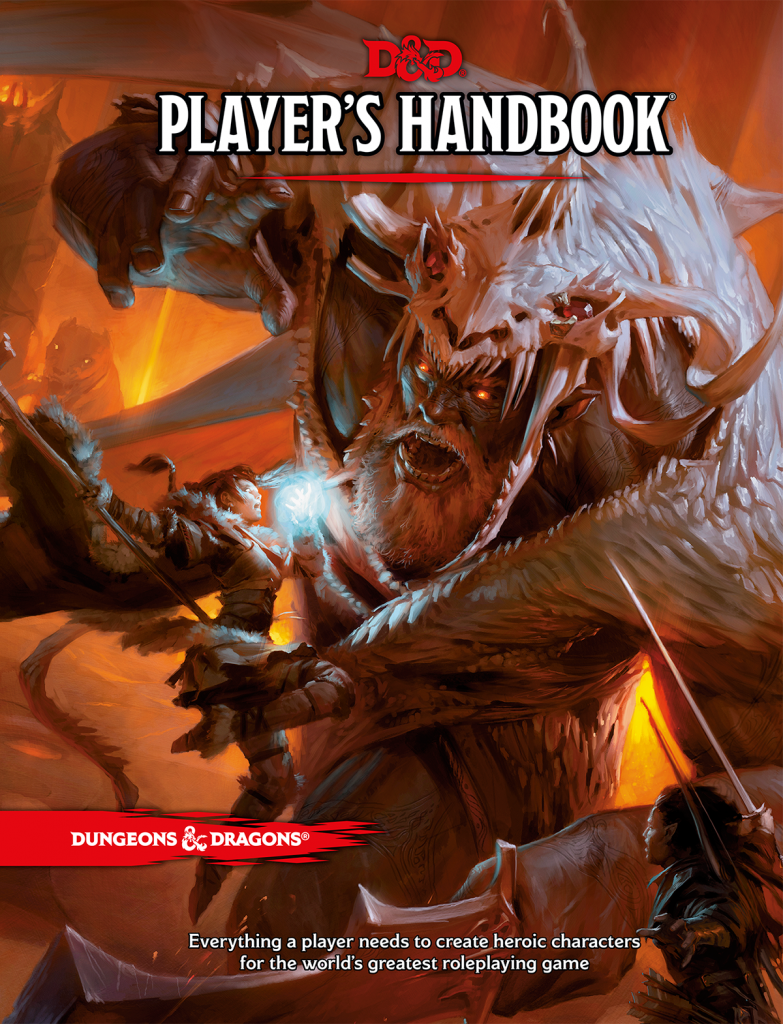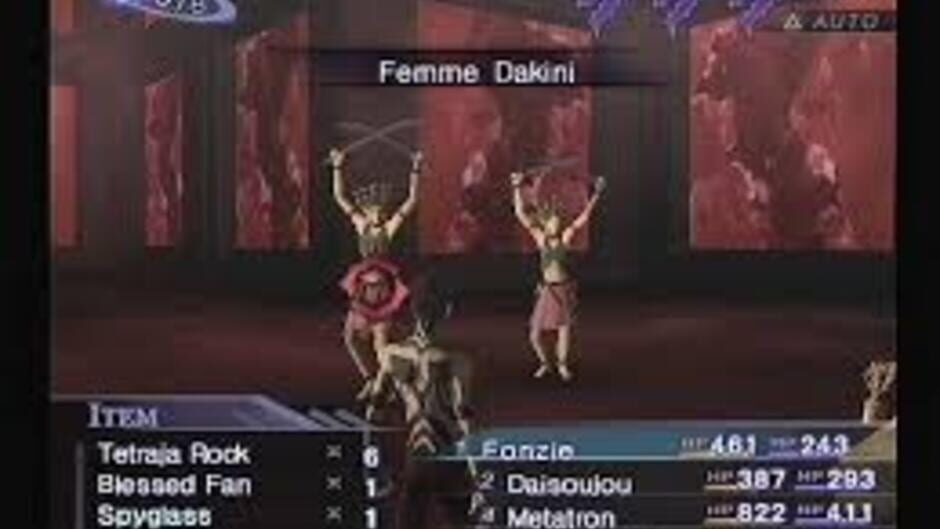So, keeping in-line with the gaming theme, this week I will talk about my five favorite video games of all time. Bear in mind, this list is completely subjective and not fact. With that settled, let’s get right into it.
#5: Monster Hunter Generations Ultimate
While not my initial foray into the Monster Hunter series (that would be Monster Hunter 3 Ultimate), Generations Ultimate is what made me love the games. This series has you, the Hunter, track down and kill various monsters. There is very little story to this entry, but I feel it’s a game that doesn’t really need it. All I need, personally, are my weapons, some supplies, and a daunting monster to hunt.
Generations Ultimate fulfills that need to a great degree. Every monster has some unique elements to it, making it necessary to prep and strategize for your hunt. (Or you could just charge in head first without a plan, I won’t judge). I’ve died so many times to certain monsters (mainly the Khezu and Cephadrome) that after a while, I had to break from the game for a bit. Even still, I’d come back and try something different, eventually beating these behemoths. The game is all about learning, watching, and waiting for the right moment to strike.
Other things I love about Generations Ultimate are the monsters themselves, the weapons, and the armor. Mainly, I love the designs and motifs of these three. Monsters come in many varieties, ranging from giant fiery chickens to leech dragons. Weapons also share in this swath of styles. Some of my favorite weapons conceptually are the Windeater, Kut-Ku Pick, and the Airship Hammer. Finally, armor sets are no slouch either. Armor sets can either look sleek and cool or bulky and tank-like. Of course, these all depend on your play style. (Side note: I mainly use Blademaster builds and weaponry).
Monster Hunter Generations Ultimate may be a game where you hit monsters until they’re dead, but that process is very enjoyable nonetheless.
#4: Persona 5
Here is a game I remember being rather hyped for back when I was a teenager. I had loved playing through parts of Persona 4 and Persona Q: Shadow of the Labyrinth, so it was only natural to be excited for the next installment. Simply put, the Phantom Thieves managed to take my heart after playing Persona 5.
There are many aspects of this game that I enjoy, like the story, characters, soundtrack, art style, and game play. To completely go over every aspect listed would take its own separate post, so I’ll try to keep things brief here. Persona 5 exudes style with substance all throughout the game. While it is a longer title (my first run of the game had taken me over 115 hours to complete), I feel it is an experience worth having.
To summarize my thoughts, I appreciate the themes and topics this game goes for. Persona 5 focuses its story on changing the hearts of corrupt individuals in society. It essentially asks the question: “Can people truly be reformed and have a change of heart?” I’m not going to spoil anything about the plot, so you will have to find out the answers yourself.
The game play, to me at least, is one of the better turn-based RPGs in recent memory. (Though, that isn’t counting out games like Dragon Quest XI or Etrian Odyssey). Its soundtrack is outstanding and its art style is rather unique. With all of these put together, it amounts to one of my favorite games. As far as Persona 5 Royal goes, I’d say play that version if you have yet to experience Persona 5 at all. It is the definitive edition of the two.

#3: Fire Emblem: Awakening
Now, this is a game that helped me get into RPGs in general. Fire Emblem: Awakening is the thirteenth entry in the long-standing Fire Emblem series. As it stands, this entry is my favorite of the series. (Though, Three Houses is certainly trailing it closely). Awakening is a lot of things to me, chiefly among them is being fantastic.
Everything about this game stands out to me still, even eight years after I initially played it. The characters are well-written, the story is gripping, the music is downright amazing, and the game play is great too. Awakening is an outstanding game and a rich experience.
Part of me thinks this much effort and detail were put in since this was potentially the last Fire Emblem title. At the time, the series’ developer Intelligent Systems was struggling financially. If Awakening did not succeed, they would have had to close up shop. Fortunately, the effort Intelligent Systems put forth was not in vain. Either way, I can tell the developers wanted to go all out with this installment.
Again, I could devote a post of its own to this game and the others on this list too. However, the main thing I love about this game is its cast of characters. They all stand out in my memory as characters that felt realistic for once. Plus, all of their backstories and personalities endeared me to the game even more. Overall, Fire Emblem: Awakening is a fantastic and memorable time to be had.

#2: Pokemon Black/Pokemon Black 2
Ah yes, the Pokemon games. This was a truly difficult call to make, as a few games in the mainline series contend for being my favorite. (Ones that did not make the cut: Soul Silver, Platinum, and Emerald). Ultimately, it came down to the fifth generation of the series with a tied entry between Pokemon Black and its sequel Pokemon Black 2.
Honestly, this is where the series peaked in overall quality for me. There was a lot of heart and effort put into these two games. I always appreciate it when developers give it their all with games like these two. There are levels of detail and care put into Black and Black 2 that I could go on about for hours. Everything from picking your starter Pokemon in Nuvema Town (or Aspertia City) to the closing credits of Black and Black 2 is so wonderfully constructed.
If there’s one thing that should be obvious by now is that I am a sucker for a good story. The overarching story line in these two games is, in my opinion, the best mainline Pokemon has put forth yet. While simplistic, the story line is well-told. At the end of Black 2, it felt like the true end of a long and fulfilling journey through the Unova region.
Of course, need I say anything about the presentation of the games? The graphics and music help bring this game to life. Pokemon are, at last, fully animated in battle with beautiful sprite art. Its soundtrack is epic and fitting of a timeless adventure. In addition, the game play is the Pokemon standard I have come to love.
These two games are what I would call a complete package deal. That is the reason why the two are tied for my favorite Pokemon game. To fully enjoy the fifth generation, it is best to play both entries. In all honesty, Pokemon Black and Pokemon Black 2 are the definitive Pokemon experience.
So, while I may have gushed a bit here, what could possibly top #2?

#1: Sonic Adventure 2 Battle
Well, there’s one out of the blue. For a list that mainly consisted of RPGs, it may come as a surprise that my all time favorite game is a platformer. Namely, that platforming game is none other than Sonic Adventure 2 Battle. The Sonic the Hedgehog series has always held a special place in my heart for getting me into video games. I have been a fan of the series for about 17 years now, so I think it’s only natural that one of the games made this list.
Enough intro though. Why is Sonic Adventure 2 Battle my favorite game? Simply put, it’s a game I can go back to no matter the occasion. Whenever I get the itch to play a platforming game or a Sonic game, this one is usually the first I go to. (Although, Sonic Mania is another one of the hedgehog’s games I revisit frequently, too). This game is a real rush and thrill to play, especially when playing as either Sonic or Shadow. That’s not to say the other characters aren’t fun to play as too. Knuckles and Rouge’s treasure hunting stages are great for exploration. Meanwhile, Tails and Dr. Eggman’s mech shooting stages are excellent for wreaking havoc and destruction. All three play styles have their own unique charms and the like.
Otherwise, what else do I love about this game? For starters, the story is rather engaging and serious for a Sonic the Hedgehog game. It shows that this series can handle darker/more serious themes in its stories. Another thing I enjoy about this title is its soundtrack. There’s a lot of variety here, ranging from rock to admittedly cheesy rap music. The soundtrack is one of my favorites in the series just for its variety and greatness. Overall, these elements combine to give you a feeling of one epic adventure.
While the latest Sonic games have been disappointing (save for Mania), Sonic Adventure 2 Battle shows me this series has a lot of unused potential. However, that is a topic for another day.
I have a lot of memories of this game, and it is one of the reasons I even got into gaming to begin with. Even though there’s a little bit of nostalgia for it, Sonic Adventure 2 Battle reigns supreme as my favorite video game.

Final Thoughts
There you have it, my top five favorite video games of all time! Of course, there are tons of other games I love. However, to keep this post from going on any longer than it needs to, I shortened it to the top five. What are your top five favorite games? Or just your favorites in general? Feel free to let me know in the comments! Until next time my fellow nerds, peace.

